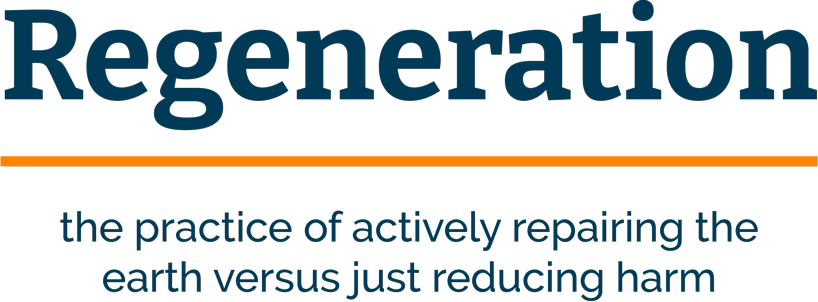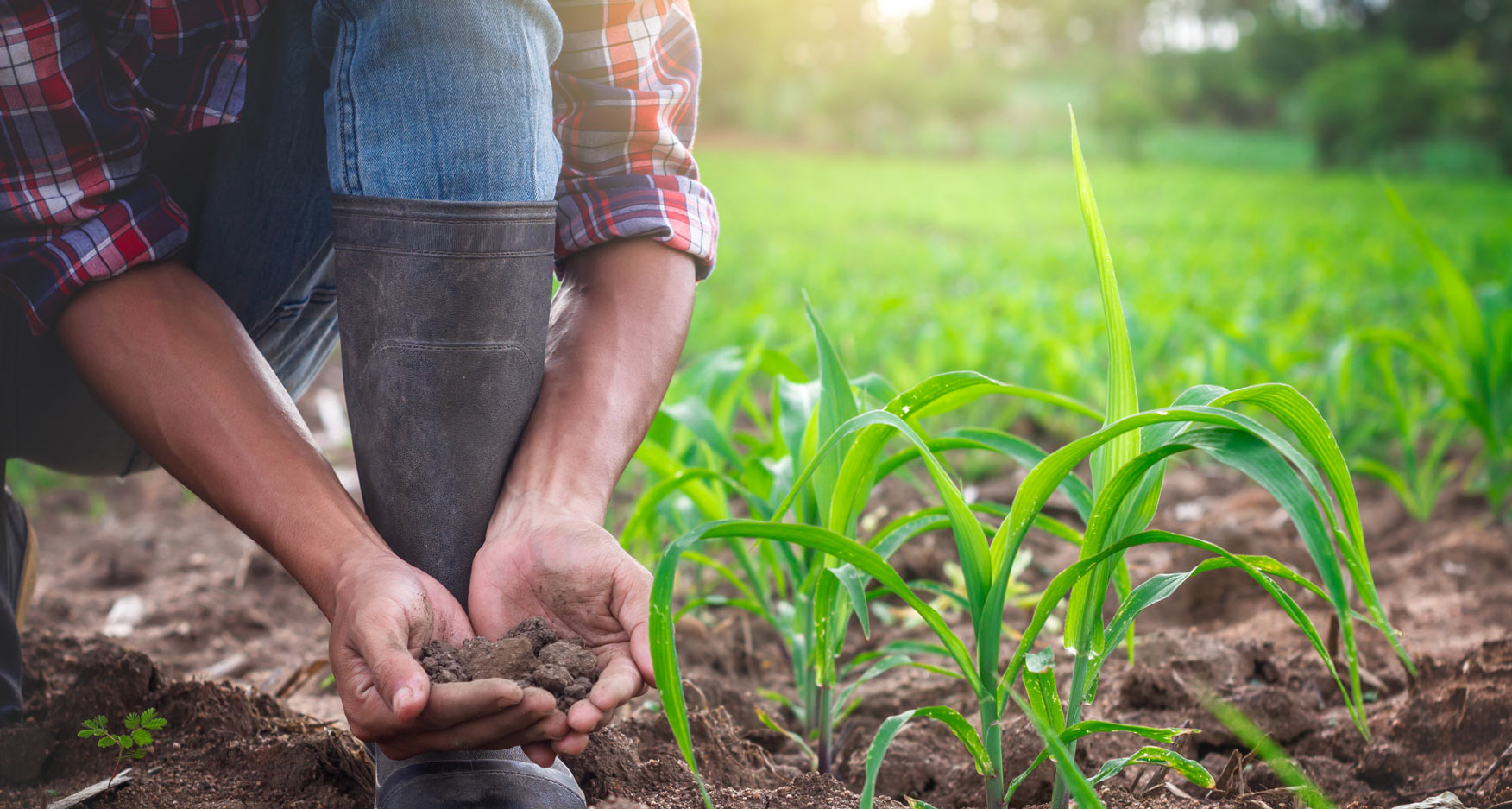Mother Earth at a Critical Threshold
For thousands of years, humankind has been dependent upon the Earth’s resources for food, safety and survival. Over the last hundred years or so, the Earth’s population has grown significantly and along with it, consumer consumption, putting continuous strain on the ecosystems that we have relied on for centuries.
As a California native I grew up in an environment that was a constant reminder that Mother Earth was in control. We experienced frequent droughts and devastating fires that through the years have only magnified in intensity and frequency. Culturally, it was ingrained in my mind at a young age that each of us needed to do our part to help make things better, even if it was only a series of small actions like the old “reduce, reuse, recycle” mantra.

In addition, younger consumers around the world are sounding the alarm. They are demanding action and seeking out brands and companies that embrace both social and environmental causes. We know that more than four out of 10 consumers ages 18-24 are more concerned about the sustainability of meat products today than they were a year ago.1
And many younger consumers no longer believe that sustainability alone is enough and are driving the push toward “regeneration,” the practice of actively repairing the earth versus just reducing harm. Although the concept of regeneration is still relatively new, 75% of consumers in China, 37% of consumers in the U.K. and 35% of U.S. consumers have heard of it.2 In the U.S., most of this awareness is being driven by Millennials, with 41% of Millennials citing they are familiar with the term “regenerative agriculture.”1
Regeneration Defined
Basically, regeneration goes beyond being sustainable and mitigating harm to actively restoring and nourishing, leaving the Earth better than it was originally.
According to Regeneration International, “Regenerative agriculture is defined as farming and grazing practices that, among other benefits, reverse climate change by rebuilding soil organic matter and restoring degraded soil biodiversity – resulting in both carbon drawdown and improving the water cycle.”
Regenerative agriculture practices include: no/minimum tillage, improving soil fertility through application of cover crops, crop rotations, compost and animal manure, restoring soil system energy and implementing well-managed grazing practices.
In our research at Midan, we also know that consumers have a plethora of choices when it comes to the meat case. Consumers of tomorrow actively seek out claims-based meat (e.g., grass-fed, no antibiotics ever, organic, etc.) for a trifecta of reasons — it’s better for me, it’s better for the animal and it’s better for the planet. And almost three in four consumers believe that the environment/planet will be most affected by not addressing meat sustainability issues.1 The time is now for the meat industry to tell its sustainability story and embrace the next iteration of farming to take care of Mother Earth like she has taken care of us. And perhaps there’s room in the meat case for one more claim — perhaps cattle raised using regenerative agriculture practices is the new frontier.
2 Regeneration Rising: Sustainability Futures, Wunderman Thompson, April 2021

